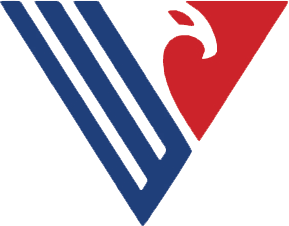Property insurance is a type of insurance that provides financial protection against damage or loss of property due to various risks, such as fire, theft, vandalism, and certain natural disasters. It is essential for both homeowners and business owners to safeguard their investments. Here are the key aspects of property insurance:
1. Types of Property Insurance:
- Homeowners Insurance: Covers private residences and offers protection for the building, personal belongings, liability, and additional living expenses if the home is uninhabitable.
- Renters Insurance: Provides coverage for tenants' personal property and liability, but does not cover the building structure.
- Commercial Property Insurance: Protects businesses against damage to their physical assets, including buildings, equipment, inventory, and furniture.
2. Coverage Options:
- Dwelling Coverage: Pays for repairs or rebuilding of the insured structure due to covered perils.
- Personal Property Coverage: Covers personal belongings such as furniture, electronics, clothing, and appliances.
- Liability Coverage: Protects against legal claims for bodily injury or property damage caused by the policyholder or their family members.
- Loss of Use Coverage: Pays for additional living expenses if the insured property becomes uninhabitable due to a covered peril.
- Additional Structures Coverage: Covers other structures on the property, such as garages, sheds, and fences.
3. Covered Perils:
- Standard property insurance policies typically cover perils such as fire, lightning, windstorms, hail, theft, and vandalism.
- Certain natural disasters, such as earthquakes and floods, are usually excluded from standard policies but can be covered through additional endorsements or separate policies.
4. Exclusions:
- Common exclusions include damage from neglect, intentional acts, war, nuclear hazards, and wear and tear.
- Policyholders should review their policies to understand specific exclusions and consider additional coverage if needed.
5. Premiums:
- Premiums are based on factors such as the property's location, age, construction type, coverage amount, and the policyholder's claims history.
- Discounts may be available for safety features like security systems, smoke detectors, and fire-resistant materials.
6. Deductibles:
- The deductible is the amount the policyholder must pay out of pocket before the insurance coverage kicks in. Higher deductibles typically result in lower premiums.
7. Claims Process:
- In the event of a loss, the policyholder must file a claim with the insurance company, provide documentation of the damage, and cooperate with the insurer's investigation.
- The insurer will assess the claim and determine the compensation amount based on the policy terms.
8. Replacement Cost vs. Actual Cash Value:
- Replacement cost coverage pays to replace damaged property with new items of similar kind and quality without deducting for depreciation.
- Actual cash value coverage pays the depreciated value of the damaged property.
Property insurance is a critical tool for protecting one's home or business against unexpected events, providing financial stability and peace of mind.
